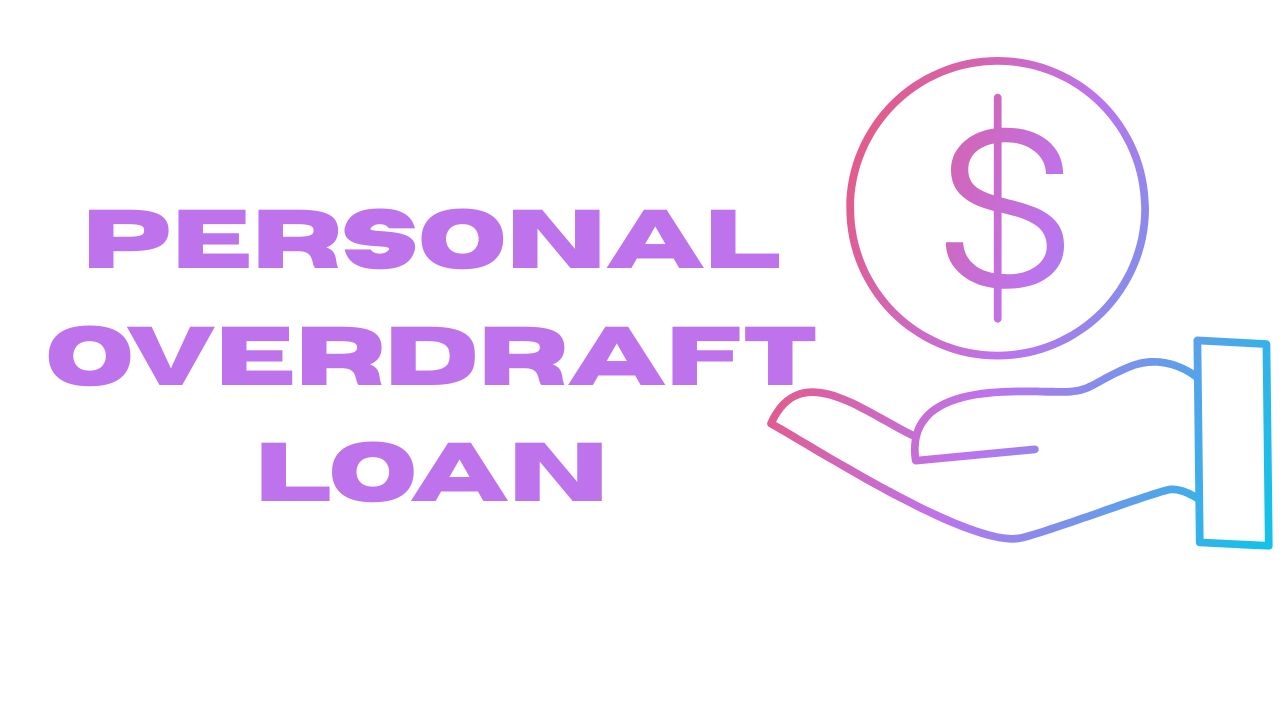Understanding Interest Rates on Personal Overdraft Loans

When it comes to managing short-term financial needs, a personal overdraft loan can be a flexible and convenient solution.
Unlike traditional loans that provide a lump sum amount, a personal overdraft allows you to withdraw funds up to a pre-approved limit, often linked to your savings or current account. One key aspect to understand before using this facility is the interest rate, which can directly impact how much you end up repaying.
What is a Personal Overdraft Loan?
A personal overdraft loan is a type of credit line provided by banks or financial institutions. It lets you withdraw money even if your account balance drops below zero, up to a specified overdraft limit. It's often used for emergencies, short-term cash flow issues, or unplanned expenses.
How Does the Interest Work?
Unlike fixed monthly payments seen in personal loans, the interest on a personal overdraft is calculated daily and only on the amount you use—not the full approved limit. This makes it a more flexible option, as you only pay for what you use and for how long you use it.
For example, if your overdraft limit is ₹1,00,000 but you only use ₹20,000 for 10 days, the interest is calculated only on ₹20,000 for that period.
Types of Interest Rates
There are typically two kinds of interest rates applied to personal overdrafts:
-
Fixed Interest Rate: This rate remains the same regardless of changes in the market. It provides predictability but may be slightly higher than variable rates.
-
Variable (Floating) Interest Rate: This rate fluctuates based on changes in market conditions or benchmark rates set by the Reserve Bank of India (RBI). While potentially lower at times, it can also increase unexpectedly.
Interest Rate Range
Interest rates on personal overdraft loans usually range between 10% to 24% per annum, depending on several factors such as:
-
Credit score
-
Relationship with the bank
-
Income and repayment capacity
-
Loan amount and overdraft limit
Some banks may offer preferential rates for salaried professionals or long-term account holders.
Additional Charges to Watch For
While the interest rate is the primary cost, there are other charges that could affect the overall expense:
-
Processing fees
-
Renewal charges
-
Late payment penalties
-
Annual maintenance fees
Always read the fine print and ask your lender for a full breakdown of all potential charges.
When is it Beneficial?
A personal overdraft loan is ideal if you need short-term credit and are confident you can repay quickly. It’s especially useful for:
-
Freelancers or business owners with irregular income
-
Covering medical or travel emergencies
-
Managing temporary cash shortfalls without committing to a full loan
Conclusion
Understanding the interest rate on a personal overdraft loan is crucial to using this financial tool wisely. Since interest is charged only on the amount used and for the time it’s used, it can be cost-effective when managed properly. However, always compare rates, evaluate fees, and borrow only what you need to avoid financial strain.
- Questions and Answers
- Opinion
- Motivational and Inspiring Story
- Technology
- Live and Let live
- Focus
- Geopolitics
- Military-Arms/Equipment
- الحماية
- Economy
- Beasts of Nations
- Machine Tools-The “Mother Industry”
- Art
- Causes
- Crafts
- Dance
- Drinks
- Film/Movie
- Fitness
- Food
- الألعاب
- Gardening
- Health
- الرئيسية
- Literature
- Music
- Networking
- أخرى
- Party
- Religion
- Shopping
- Sports
- Theater
- Health and Wellness
- News
- Culture

